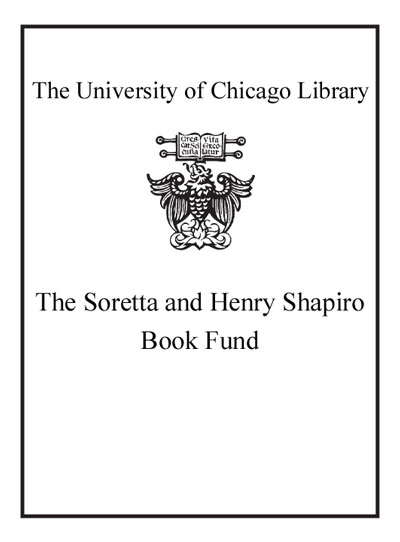The ethnography of communication : an introduction /
Saved in:
| Author / Creator: | Saville-Troike, Muriel, 1936- |
|---|---|
| Edition: | 3rd ed. |
| Imprint: | Malden, MA : Blackwell Pub., 2003. |
| Description: | ix, 325 p. ; 24 cm. |
| Language: | English |
| Series: | Language in society ; 3 Language in society (Oxford, England) ; 3. |
| Subject: | |
| Format: | Print Book |
| URL for this record: | http://pi.lib.uchicago.edu/1001/cat/bib/4804658 |
Table of Contents:
- 1. Introduction
- Scope and Focus
- Method
- Historical Background
- Significance
- Organization of the Book
- 2. Basic Terms, Concepts, and Issues
- Patterns of Communication
- Communicative Functions
- Speech Community
- Communicative Competence
- The Competence of Incompetence
- Units of Analysis
- Categories of Talk
- Language and Culture
- Social Structure and Ideology
- Routines and Rituals
- Universals and Inequalities
- 3. Varieties of Language
- Language Choice
- Diglossia and Dinomia
- Code-Switching and Style-Shifting
- Code-Markers
- Varieties Associated with Setting
- Varieties Associated with Activity Domain
- Varieties Associated with Region
- Varieties Associated with Ethnicity
- Varieties Associated with Social Class, Status, and Role
- Varieties Associated with Role-Relationships
- Varieties Associated with Sex
- Varieties Associated with Age
- Varieties Associated with Personality States and 'Abnormal' Speech
- Non-Native Varieties
- 4. The Analysis of Communicative Events
- Relationship of Ethnographer and Speech Community
- Types o f Data
- Survey of Data Collection and Analytic Procedures
- Identification of Communicative Events
- Components of Communication
- Relationship among Components
- Elicitation within a Frame
- Analysis of Interaction
- Sample Analyses of Communicative Events
- Further Illustrations of Ethnographic Analysis
- 5. Contrasts in Patterns of Communication
- Comparative Rhetoric
- Historical Development
- Ethnographic Perspective
- Establishing Validity
- Situated Event Analysis
- Other Data Collection and Analytic Procedures
- Cross-Cultural Communication
- Concepts of 'Face'
- Constructing an Unseen Face
- 6. Attitudes toward Communicative Performance
- Methodology
- Attitudes Toward Language and Language Skills
- Attitudes Toward Languages and Varieties
- Stereotyping
- Appropriateness
- Language and Identity
- Language Maintenance, Shift, and Spread
- Taboos and Euphemisms
- 7. Acquisition of Communicative Competence
- Early Linguistic Development
- Social Interaction
- Language and Enculturation
- Definition of Stages and Roles
- Communicative Strategies
- Formulaic Expressions
- Nonverbal Communication
- Peer Influence and Extended Acquisition
- Speech Play
- Formal Education
- Multilingual Contexts
- Children's Beliefs about Language
- 8. Politeness, Power, and Politics
- Language and Politics
- Language and Social Theories
- Linguistic Signs of Power
- Linguistic Performances of Power
- Linguistic Resistance and Rebellion
- Language Planning
- Responsibilities and Limitations
- 9. Conclusion
- References
- Index of Languages
- General Index

